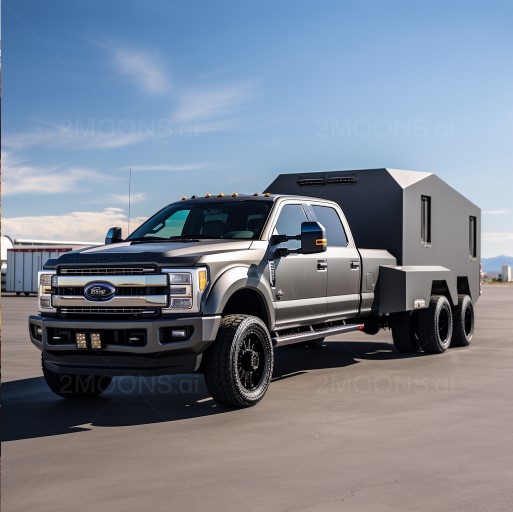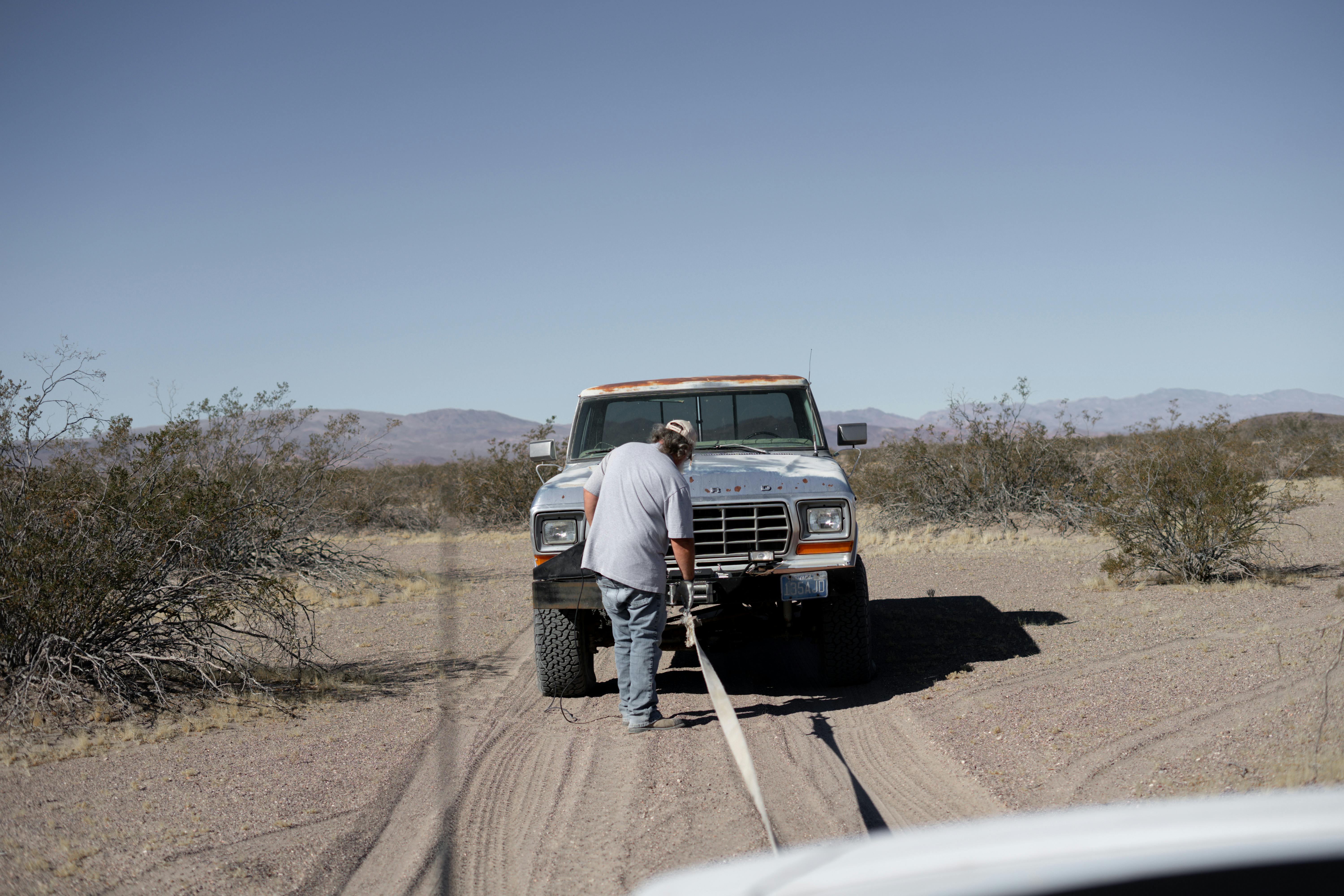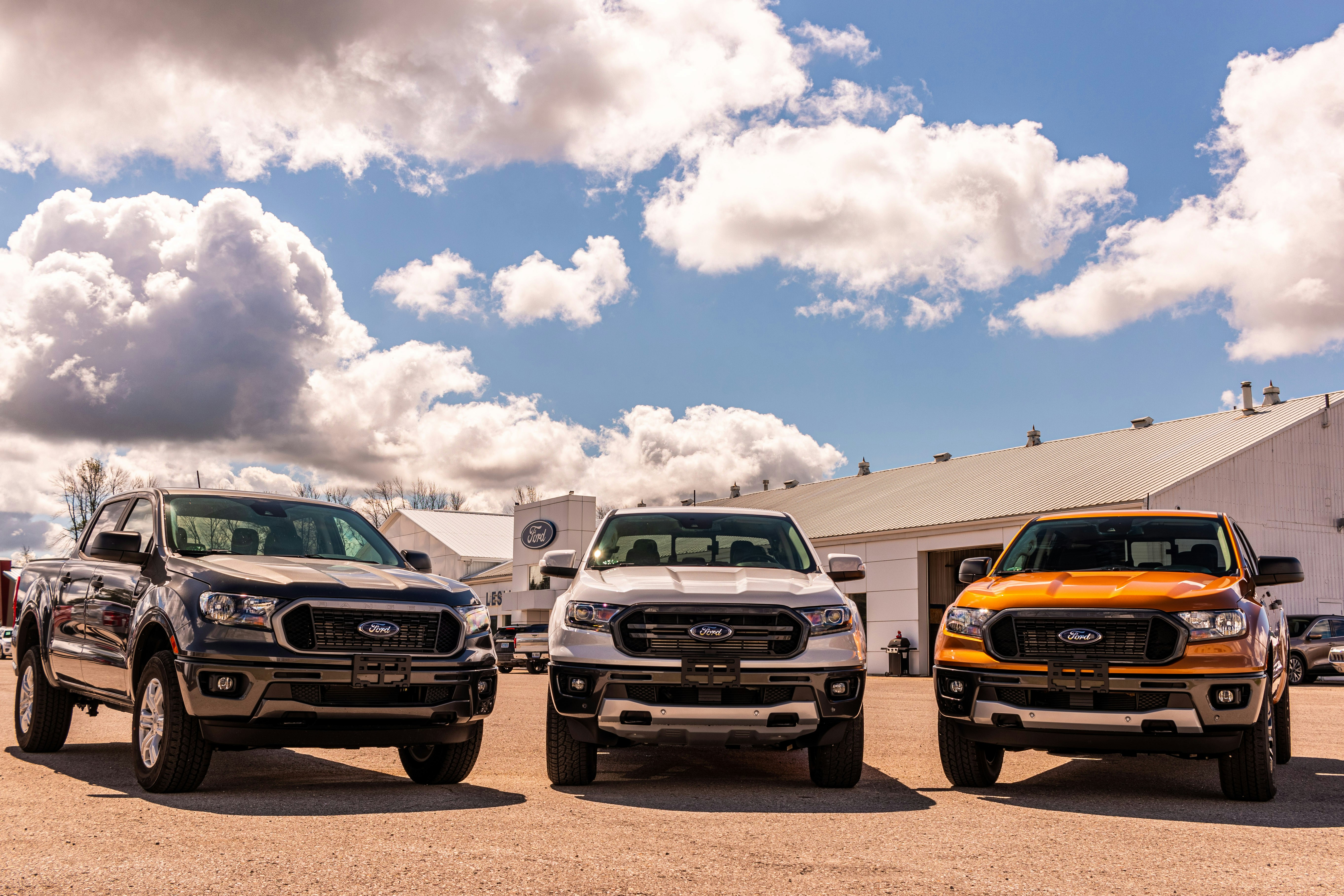Introduction

Hey there, truck enthusiasts! If you’re like most truckers then, there’s a good chance the Ford F150 holds a special place in your gearhead heart. It’s more than just a pickup; it’s a symbol of American grit and the go-anywhere, do-anything spirit. And at the heart of that spirit lies the ability to haul serious loads. Whether it’s towing a trailer packed with weekend adventure gear, conquering tough work projects, or just the confidence to help a buddy move, the Ford F150’s got your back.
But with all the different engine options, confusing trim levels, and packages that Ford throws into the mix, understanding exactly what your dream Ford F150 can tow can feel a little overwhelming. That’s why we’ve created this ultimate guide to towing with the Ford F150! We won’t just throw specs at you; we’ll break down everything you need to know in plain English, so you can stop scratching your head and start hitching up your trailer with confidence.
Think of this as your roadmap for navigating towing capacity, payload limits, and how to choose the perfect Ford F150 configuration to match your needs. Picture it as opening up a toolbox filled with knowledge, not just to decipher numbers but to truly understand how to get the most out of your F150. We’ll cover the basics, the advanced tech, and some real-world advice to ensure you’re ready to tackle any hauling task!
So, buckle up, get ready to learn, and most importantly, let’s get excited about harnessing the full towing potential of the legendary Ford F150!
Ford F150 Towing: The Essential Foundations
Before diving into specific Ford F150 models and their impressive numbers, let’s solidify your understanding of the key towing-related terms and concepts. Think of this as the instruction manual you wish came with your truck!
- Towing Capacity: This is the absolute maximum weight your truck is designed to safely pull behind it. Think of it like your limit in the gym – try to go beyond it, and you risk damage, breakdowns, and potentially dangerous handling.
- Payload Capacity: This is the maximum weight you can carry directly in the truck’s bed and cabin. Passengers, all your tools and gear, and even a portion of the trailer’s weight pushing down on the hitch (called tongue weight) – all of it counts towards your payload limit.
Other Factors That Matter:
- GCWR (Gross Combined Weight Rating): This is the safe limit of how much your loaded truck, the loaded trailer, and everything inside of both can weigh combined. Exceeding GCWR is a safety hazard.
- Drivetrain (2WD vs. 4WD): Four-wheel drive offers better traction for hauling, especially on slippery surfaces, but it can slightly affect your towing capacity.
- Axle Ratios: You might see numbers like 3.55 or 3.73 on your truck’s spec sheet. Axle ratios determine how much torque gets to the wheels. Lower numerical ratios (like 3.15) favor fuel economy, while higher ones (like 3.73) prioritize low-end grunt for easier towing of heavy loads.
Beyond the Basics
- Curb Weight: This is how much your truck weighs empty. A heavier truck generally means slightly reduced towing and payload capacities.
- Frontal Area: While less obvious, a taller truck with lots of accessories can create more wind resistance, slightly impacting real-world towing performance.
Why It’s Critical to Respect the Limits
Sure, you might see YouTube videos of trucks overloaded and “getting away with it.” Don’t be fooled! Pushing your F-150 beyond its limits puts stress on vital components like the engine, transmission, and brakes. Overheating, premature wear, and even catastrophic failures become more likely. Plus, a truck overloaded beyond its capacity is harder to control, increasing the risk of accidents, especially for less experienced towers.
What Ford F-150 is Best for Towing?

Let’s be honest, there’s no single F-150 that’s the ultimate towing champion for everyone. The “best” F-150 for towing is the one tailored to your specific needs. Think about the following questions to narrow down your search:
How Much Weight Do You NEED to Tow?
- Light Duty (under 5,000 lbs): Most F-150 configurations will handle smaller utility trailers, ATVs, lightweight boats, or modest travel trailers with ease.
- Medium Loads (5,000 – 10,000 lbs): Now we’re talking about larger travel trailers, car haulers, or equipment trailers. Here’s where you’ll start paying closer attention to engine specs, drivetrain options, and potential towing packages offered on your chosen F-150 trim.
- Heavy Hitters (10,000+ lbs): Think large campers, horse trailers, or serious worksite hauling. Here, you’ll likely want to look into F-150s with maximum towing packages and potentially even higher-end trims designed for these heavy-duty loads.
Real-World vs. Max Capacity
Even if your truck is technically rated to tow a certain weight, consider factors like:
- Distance and Terrain: Long trips or steep mountain roads put more stress on your truck than short hauls on flat ground.
- Your Experience: If you’re new to big trailers, it’s wise to stay below your truck’s maximum limits to build confidence.
How Often Will You Tow at the Extreme?
If towing heavy loads is a rare occurrence, a more well-rounded F-150 setup might suit you best.
If you’re constantly pushing the limits of towing, maxing out those specs and opting for specific towing packages becomes far more important.
Budget Considerations
Heavier towing capability often means moving up in trim levels, opting for bigger engines, and adding packages – this all impacts the price tag. Balance your dream specs with your budget.
Pro Tip: Don’t just go by advertised maximum towing numbers! These are often achieved under ideal conditions with a very specifically configured truck. Research how different engines and options affect the real-world towing experience for the F-150 you’re considering.
Beyond the Basics: Tech to Master Your Tow
Raw horsepower and sturdy frames get the job done, but the modern Ford F-150 offers far more than just muscle. Innovative technology is designed to take the stress and guesswork out of towing, whether you’re a seasoned hauler or just getting started.
Vision Enhancers
- Towing Mirrors: Telescoping or power-adjustable mirrors extend your vision far past the trailer, eliminating blind spots and making maneuvers safer.
- Multiple Camera Views: Dedicated rearview cameras with hitch-zoom views or even 360-degree camera systems turn hooking up to a trailer into a task you can handle solo with precision.
Braking Assistance
- Integrated Trailer Brake Controller: Gain smooth and precise control over your trailer’s brakes directly from the F-150’s dashboard. A must-have for most trailers!
- Trailer Sway Control: Sensors detect if your trailer starts swaying dangerously and can automatically apply individual brakes to help regain control.
Smart Load Management
- Pro Trailer Backup Assist: Not everyone’s a pro at reversing with a trailer. This system lets the truck do the steering while you use a simple knob to guide the direction. It makes even the tightest parking spots less intimidating.
- Smart Tow Modes: Depending on the year and trim, your F-150 might offer modes that adjust transmission shift points, throttle response, and traction control to optimize performance based on your trailer type and weight. Think of it as a performance tune specifically for towing.
The Future is Bright (and Informative!)
- Payload Scale: Available on some models, the truck can estimate how much you’ve loaded.
- Blind Spot Monitoring for Trailers: Extended coverage helps you make safer lane changes with a large trailer in tow.
- Tailgate Down Camera: Provides a clear view with the tailgate lowered, especially useful when hitching up.
Important Note: Available technology can differ slightly depending on F-150 model year, trim level, and packages. Always check what features a specific truck offers before relying on them!
Tech Doesn’t Replace Skill
All these advanced systems enhance safety and convenience but don’t make you an instant towing expert. Always practice safe towing techniques, get familiar with your trailer, and respect the weight limits of your F-150.
Ford F-150 Payload Capacity Chart + Beyond
Payload capacity charts provide a quick look at how much weight your F-150’s bed can safely handle. However, real-world payload is about more than just that published number. Here’s what you need to know:
- The Importance of Accuracy: Don’t rely on general charts or outdated info. Payload capacity varies significantly depending on:
- Model Year: Even similar model names can have different capacities across years.
- Trim Level: Higher trims with more features often have slightly lower payload.
- Engine and Cab/Bed Configuration: These choices impact the truck’s weight and distribution.
- Where to Find Reliable Data
- Ford’s Website: Their build tool lets you see specs for your dream configuration.
- Reputable Truck Resources: Dedicated truck websites have payload charts with breakdowns.
- Dealership: They should readily provide accurate payload info for a specific F-150 on their lot.
Beyond the Chart
Remember the Extras: The chart doesn’t account for bed liners, toolboxes, or aftermarket accessories – these eat into your available payload.
Weight Adds Up Fast: Don’t forget to factor in the weight of all your gear, passengers, and even yourself! Even small items add up quickly.
Tip: If you find an older, used F-150, always use the VIN to verify its exact towing and payload ratings with a dealership. Modifications and age can sometimes impact these figures.
Additional Things to Keep in Mind
When it comes to towing, understanding your F-150’s base specs is a good start, but there are nuances that can affect your safety and experience on the road. Think about these factors:
- Tongue Weight: The downward force exerted on your F-150’s hitch by the trailer sits squarely within your payload capacity, not your towing capacity. Generally, you want tongue weight to be around 10-15% of your trailer’s total loaded weight. Too little or too much tongue weight can negatively impact handling.
- Weight Distribution Hitches: These specialized hitches help level your truck and trailer, especially vital for heavier loads. By minimizing excessive squat on your F-150, a weight distribution hitch generally improves handling, braking, and reduces sway caused by crosswinds or passing vehicles.
- Don’t Forget Your Gear: It’s easy to focus on the trailer, but factor in everything you load into the truck itself. Toolboxes, camping gear, passengers, even a cooler for the road trip – those pounds add up and subtract from your available payload capacity.
- Upgrade Potential: Can you boost your capacity slightly? Depending on the specific F-150 model year and equipment, some aftermarket upgrades might offer minor gains:
- Airbags or Helper Springs: These can level the truck under heavy loads but won’t technically increase the factory weight ratings.
- Shocks Optimized for Towing: Improved control, but not a magic fix for overloading.
- Maintenance Matters: It might not seem directly related, but a well-maintained F-150 tows better and safer than one that’s neglected. Worn brakes, old tires, or a sloppy suspension can amplify the risks when pulling a trailer. Follow Ford’s recommended maintenance schedule, and get any worn parts replaced before tackling that big haul.
- Practice Makes (Almost) Perfect: Even if your truck is within limits, towing a large trailer demands skill and adjustments. Find an empty parking lot to practice backing, maneuvering, and braking before heading out on busy roads.
Conclusion

The Ford F-150’s legendary towing capability is a major reason it consistently dominates as America’s favorite truck. But with so many configurations and options, harnessing that potential can seem a bit overwhelming at first. However, armed with the knowledge from this guide, you’re well on your way to demystifying “Ford F-150 towing” and choosing the perfect truck for your needs!
Remember, it’s about matching your F-150’s specs to the weight you actually plan to pull. Understanding towing capacity, payload limits, and utilizing those clever tech features empowers you to haul with confidence, whether it’s a weekend adventure or a major work project.
Safety should always be your top priority. Don’t be afraid to leave a safety margin in your truck’s limits, especially as you’re gaining experience. With practice and respect for the physics of towing, your F-150 can become an invaluable tool for tackling any haul that comes your way.
Still have questions about a specific model year, setup, or advanced towing features? Don’t hesitate to ask! Drop a comment below, and let’s keep this learning journey going strong!